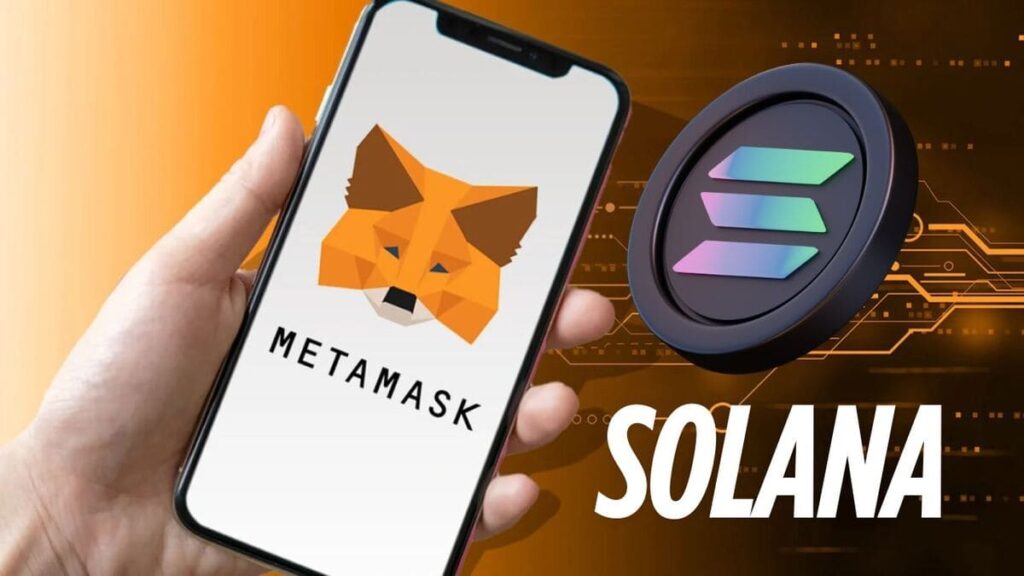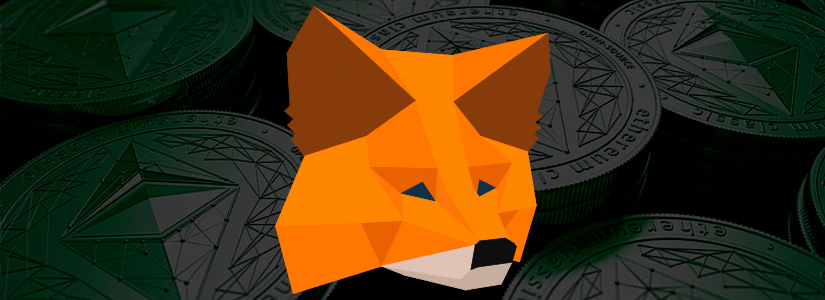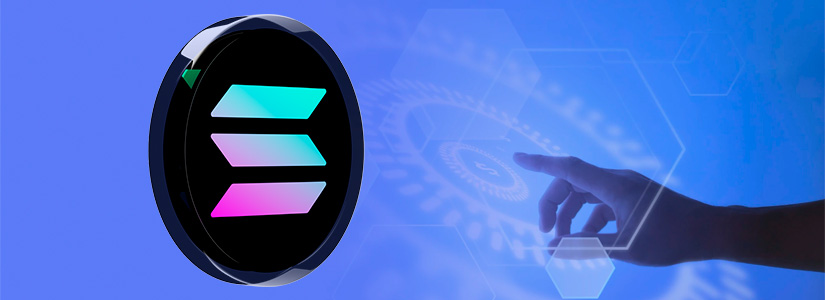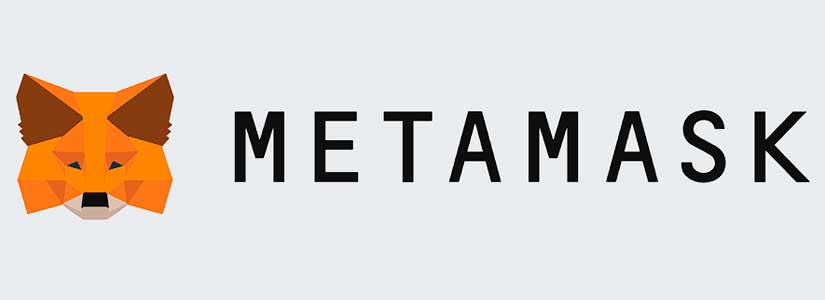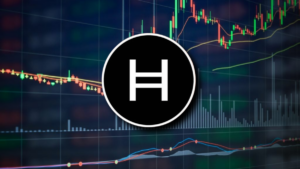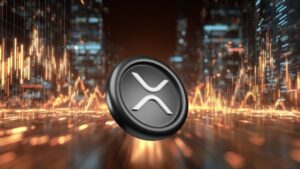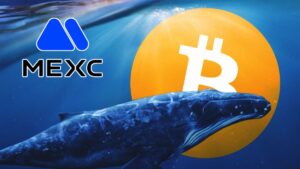TL;DR
- MetaMask added support for Solana in its browser extension, allowing users to manage Solana assets and dApps from a single interface.
- Solana’s price jumped 6% after the announcement and closed with a 2% gain at $178.6.
- The wallet plans to integrate more non-EVM blockchains this year, aiming for a single application to operate across multiple networks.
MetaMask has integrated the Solana network into its browser extension, letting users manage assets and decentralized applications on the blockchain without leaving the platform.
This marks the first time MetaMask has added a network outside the Ethereum Virtual Machine (EVM) environment. The move will greatly expand the available tools for over 30 million active users.
With this integration, wallet users can now send, receive, swap, and buy Solana-based tokens, as well as access decentralized apps native to the network. The platform merges the management of Ethereum and Solana accounts into one interface, simplifying the experience for less advanced users and avoiding the hassle of juggling multiple wallets. Support for Solana will roll out on the mobile version in the coming weeks, extending these features to all devices.
The announcement had an immediate market impact. Solana’s price rose 6% following the news and later settled at a 2% gain, closing at $178.6. The addition sparked enthusiasm within the user and developer community, who view MetaMask as a reliable option for operating on Solana. The platform includes strong security features, such as real-time alerts, malicious app detection, and transaction simulations.
MetaMask Will Keep Adding Non-EVM Networks in the Coming Months
Solana remains one of the market’s undeniable leaders and one of the most promising non-EVM blockchains. Its token currently holds a market cap exceeding $92 billion and has posted a monthly growth rate close to 20%. Its expanding user base could attract more developers and further strengthen its ecosystem.
MetaMask plans to continue adding support for other non-EVM networks in the coming months. The goal is to offer a single wallet with a unified interface for all blockchains, removing the complexity of handling multiple applications. Ultimately, the aim is to make it easier for new users to enter a broader, more dynamic, and accessible crypto ecosystem.
The wallet has become an extremely versatile platform, keeping pace with the growing diversity of the blockchain market while maintaining a strong focus on security and usability


